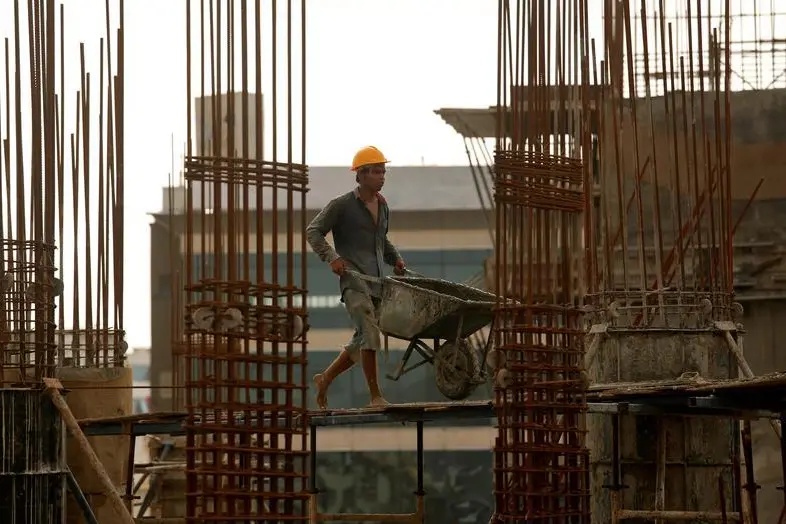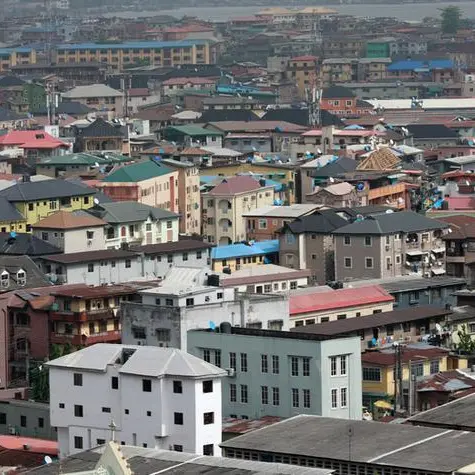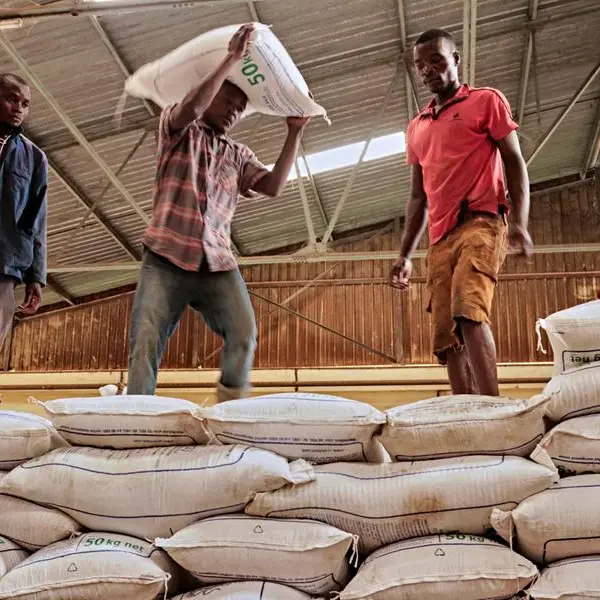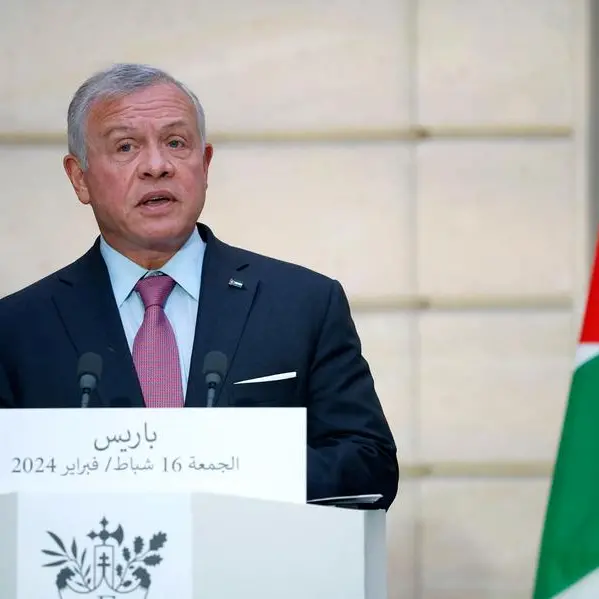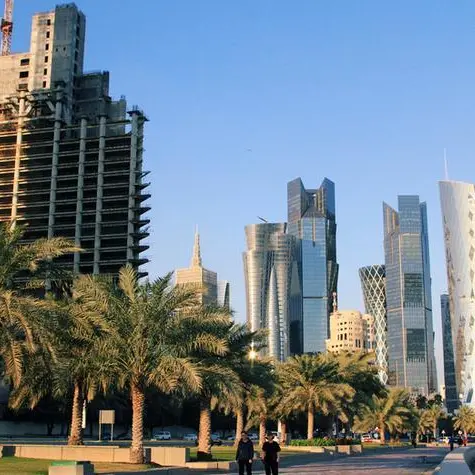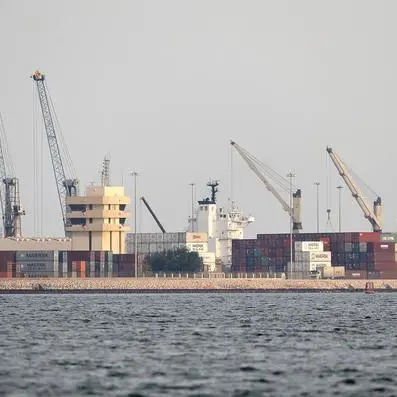PHOTO
MUMBAI - New Delhi is catching up with Beijing in the wrong ways. India’s GDP grew at an annualised 5.8% pace in the January to March quarter, the slowest since Prime Minister Narendra Modi came to power in 2014, official data published on Friday showed. But confidence in the figure has been rattled after confusing revisions, including ones before the latest election that show the $3 trillion economy grew faster under the current government. The tweaks seem less egregious compared to China’s notorious statistical manipulations, where officials are forced to hit targets, but the meddling will cost India more.
The country’s data collection system is inefficient, and challenged by India’s massive informal economy, which is substantially larger than those in Brazil, Russia and China. Now economists at top banks privately say they distrust the figures.
At the centre of the controversy is the “back series”. Any calculation of GDP growth requires a base year for comparison, one that captures the economy’s structure at a representative point in time. As countries develop, the base is revised and a new series calculated. Yet the manner of Indian revisions prompted a word of warning in August from the International Monetary Fund.
One official update in November is estimated to have resulted in a downward revision of the nominal gross value-added in the base year of 2011-12 by 3.4%, according to Goldman Sachs. The lower base makes subsequent growth look better.
Faith in the numbers was tested again in January, when India upgraded its assessment of 2016-17 output – the year in which Modi unleashed a radical experiment with bank notes - to 8.2% from 6.7%. This positivity appeared at odds with other high-frequency indicators such as car sales, which looked weaker. Goldman tactfully says India’s GDP debate is better viewed as a “statistical discourse”.
China, for all its statistical flaws, excelled at attracting foreign investment. Democratic India is getting better at doing so, but inflows declined in the year to end-March for the first time in six years. Clumsily assembled growth stats are unlikely to restore confidence. That is a concern for a country still short on the capital it needs to pull millions out of poverty. China might be able afford to play games; India certainly cannot.
On Twitter https://twitter.com/ugalani
CONTEXT NEWS
- India's economy grew at a 5.8% annualised rate between January and March, compared to the same period a year earlier, data released on May 31 showed.
- In October to December, the economy grew by 6.6%, the slowest in five quarters.
- For previous columns by the author, Reuters customers can click on GALANI/
(The author is a Reuters Breakingviews columnist. The opinions expressed are her own.)
(Editing by Pete Sweeney and Bob Cervi) ((una.galani@thomsonreuters.com; Reuters Messaging: una.galani.thomsonreuters.com@reuters.net))
